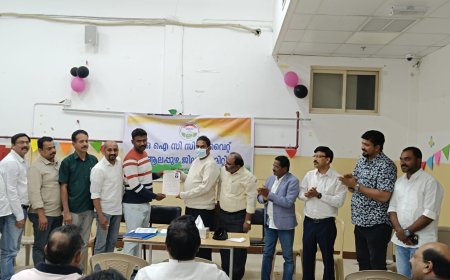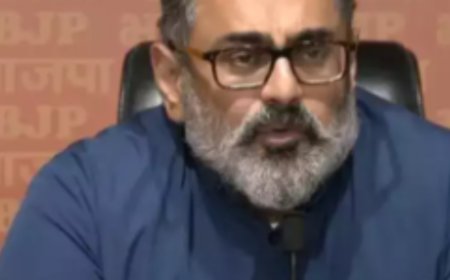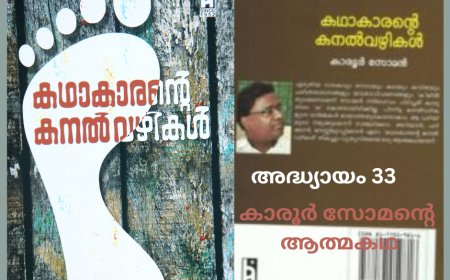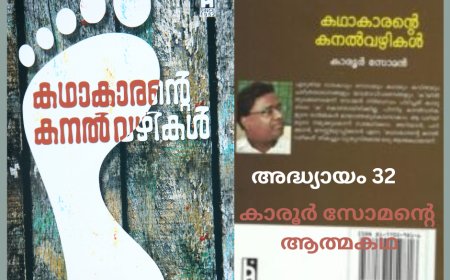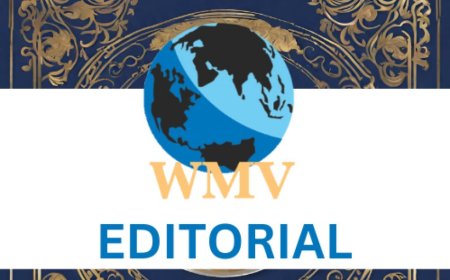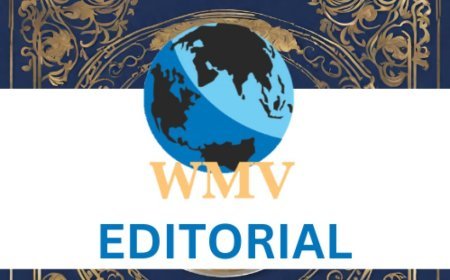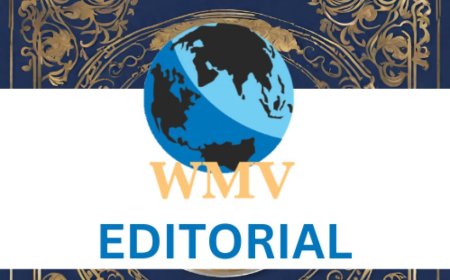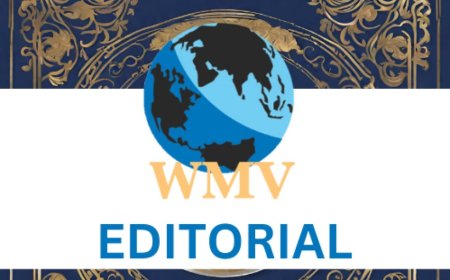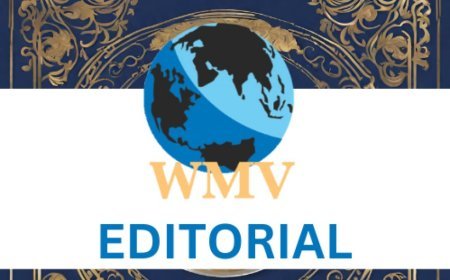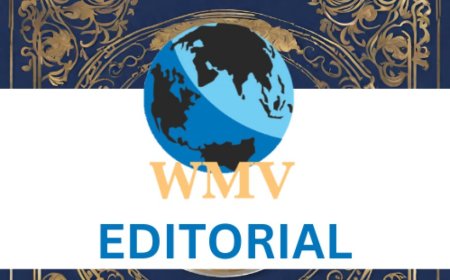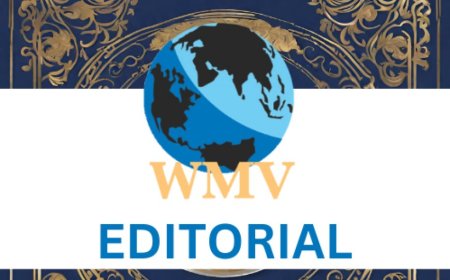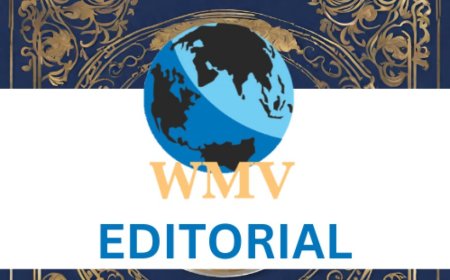Wayanad tunnel gets clearance: Are ‘conditions’ just an eyewash?
Hardly seven months have passed since devastating landslides swept away entire villages in Meppadi grama panchayat, Wayanad. When the landslides took over 400 lives in August 2024, environmentalists and activists were quick to warn that unchecked construction in the fragile regions played a part in the tragedy. Even as survivors are demanding faster rehabilitation measures, a large infrastructural project has been put into gear a few kilometres from the landslide site — the mouth of a twin tunnel project boring through the Ghats. Both ends of the tunnel project fall in villages (Thiruvambady in Kozhikode; Vellarimala in Wayanad) categorised as Ecologically Sensitive Area (ESA). Yet, on March 1, the State Level Expert Appraisal Committee (SEAC) granted environmental clearance (EC) for the project. The Wayanad twin tunnel project connects Anakkampoyil in Kozhikode district to Meppadi and will be 8.75 km long. State Finance Minister KN Balagopal made an allocation of Rs 2134.5 crore for the project in the recent budget The EC report is riddled with contradictions. It lists the serious environmental risks that the project entails and grants clearance, all in the same breath. For instance, the Committee notes that there is “every possibility of aggressive human-wild life conflict.” It also mentions that the forest area above the proposed tunnel area is home to the endemic and endangered Banasura Chilappan and the Nilgiri Sholakili. In an apparent effort to address these and other concerns, the SEAC has set ‘conditions’. While granting clearance, the SEAC listed 25 conditions that the project proponent – the state Public Works Department (PWD) – has to meet. As environmentalist Sridhar Radhakrishnan puts it, the conditions are a “bureaucratic smokescreen intended to give the illusion of rigorous scrutiny while permitting an environmentally damaging project.” He put together his analysis and criticism of the report in a note titled, “A rubber stamp approval that betrays science, public safety, and ecology.” Sridhar said that many of the conditions are impractical and cannot be enforced. For instance, one of the ‘conditions’ is a recommendation to effectively widen the Appankappu elephant corridor from the “existing tenuous linkage to about 1km”. It facilitates movement of elephants towards the larger forested landscape of Nilambur South Division, Karimpuzha Sanctuary and Silent Valley National Park. However, as Sridhar points out, “This is a recommendation to the government and not a binding requirement. It is also one that will be difficult to implement and also may not yield the desired result of avoiding human-wildlife conflicts.” Another condition is that a detailed monitoring on the population of Banasura Chilappan in the sky islands above the proposed tunnel should be commissioned. “The monitoring should look at the genetic vulnerability of the species due to the disturbances caused by the tunnel, if any,” the Committee says. It, however, stays silent on what action needs to be taken if such vulnerability is found. This applies for many of the other ‘conditions’ too, non-fulfilment of which will be met with no specified consequences. As Sridhar asks, “Conditions like ‘micro-scale mapping of landslide-vulnerable zones’ sound proactive but are actually reactive; what happens if the ground collapses?” He adds that these directives are likely to be ignored, with no real consequences for non-compliance. Sridhar also highlights how the SEAC gave the nod for the project even though the PWD did not address the Committee’s repeated requests for critical studies, and failed to ensure that certain prerequisites were met before granting the EC. One of them is that the PWD has not carried out in-depth geological and hydrological studies, which were asked for by the SEAC only after the clearance was granted. A second instance is that approval was granted despite the SEAC themself acknowledging that the proposal did not adequately account for mitigation measures for tribal settlements and habitat loss. As the Committee notes, “The tunnel alignment passes through highly fragile terrain prone to landslides where massive destructive landslides occurred during 2019 and 2024, thereby necessitating precautions during the construction stage to avert vibration induced landslips,” and hence "blasting should not cause vibration on the surface." However, “SEAC itself acknowledges that the vibration values that induce landslides are unpredictable and cannot be controlled fully,” Sridhar says. The Kerala government seems to have a penchant for large infrastructural projects that can have grave consequences for the environment. Despite repeated occurrences of largescale natural calamities, the government’s plans show a disturbing lack of eco-consciousness. As Sridhar warns, “If the Wayanad Tunnel Project is approved, it is akin to giving a green signal to disaster and dishonestly hoping the suggested "conditions" will somehow prevent c

HARDLY seven months have passed since devastating landslides swept away entire villages in Meppadi grama panchayat, Wayanad.
When the landslides took over 400 lives in August 2024, environmentalists and activists were quick to warn that unchecked construction in the fragile regions played a part in the tragedy.
Even as survivors are demanding faster rehabilitation measures, a large infrastructural project has been put into gear a few kilometres from the landslide site — the mouth of a twin tunnel project boring through the Ghats.
Both ends of the tunnel project fall in villages (Thiruvambady in Kozhikode; Vellarimala in Wayanad) categorised as Ecologically Sensitive Area (ESA). Yet, on March 1, the State Level Expert Appraisal Committee (SEAC) granted environmental clearance (EC) for the project.
The Wayanad twin tunnel project connects Anakkampoyil in Kozhikode district to Meppadi and will be 8.75 km long. State Finance Minister KN Balagopal made an allocation of Rs 2134.5 crore for the project in the recent budget
The EC report is riddled with contradictions. It lists the serious environmental risks that the project entails and grants clearance, all in the same breath. For instance, the Committee notes that there is “every possibility of aggressive human-wild life conflict.”
It also mentions that the forest area above the proposed tunnel area is home to the endemic and endangered Banasura Chilappan and the Nilgiri Sholakili. In an apparent effort to address these and other concerns, the SEAC has set ‘conditions’.
While granting clearance, the SEAC listed 25 conditions that the project proponent – the state Public Works Department (PWD) – has to meet.
As environmentalist Sridhar Radhakrishnan puts it, the conditions are a “bureaucratic smokescreen intended to give the illusion of rigorous scrutiny while permitting an environmentally damaging project.”
He put together his analysis and criticism of the report in a note titled, “A rubber stamp approval that betrays science, public safety, and ecology.”
Sridhar said that many of the conditions are impractical and cannot be enforced. For instance, one of the ‘conditions’ is a recommendation to effectively widen the Appankappu elephant corridor from the “existing tenuous linkage to about 1km”.
It facilitates movement of elephants towards the larger forested landscape of Nilambur South Division, Karimpuzha Sanctuary and Silent Valley National Park. However, as Sridhar points out, “This is a recommendation to the government and not a binding requirement. It is also one that will be difficult to implement and also may not yield the desired result of avoiding human-wildlife conflicts.”
Another condition is that a detailed monitoring on the population of Banasura Chilappan in the sky islands above the proposed tunnel should be commissioned.
“The monitoring should look at the genetic vulnerability of the species due to the disturbances caused by the tunnel, if any,” the Committee says. It, however, stays silent on what action needs to be taken if such vulnerability is found. This applies for many of the other ‘conditions’ too, non-fulfilment of which will be met with no specified consequences.
As Sridhar asks, “Conditions like ‘micro-scale mapping of landslide-vulnerable zones’ sound proactive but are actually reactive; what happens if the ground collapses?” He adds that these directives are likely to be ignored, with no real consequences for non-compliance.
Sridhar also highlights how the SEAC gave the nod for the project even though the PWD did not address the Committee’s repeated requests for critical studies, and failed to ensure that certain prerequisites were met before granting the EC.
One of them is that the PWD has not carried out in-depth geological and hydrological studies, which were asked for by the SEAC only after the clearance was granted.
A second instance is that approval was granted despite the SEAC themself acknowledging that the proposal did not adequately account for mitigation measures for tribal settlements and habitat loss.
As the Committee notes, “The tunnel alignment passes through highly fragile terrain prone to landslides where massive destructive landslides occurred during 2019 and 2024, thereby necessitating precautions during the construction stage to avert vibration induced landslips,” and hence "blasting should not cause vibration on the surface."
However, “SEAC itself acknowledges that the vibration values that induce landslides are unpredictable and cannot be controlled fully,” Sridhar says.
The Kerala government seems to have a penchant for large infrastructural projects that can have grave consequences for the environment. Despite repeated occurrences of largescale natural calamities, the government’s plans show a disturbing lack of eco-consciousness.
As Sridhar warns, “If the Wayanad Tunnel Project is approved, it is akin to giving a green signal to disaster and dishonestly hoping the suggested "conditions" will somehow prevent catastrophe.”
Subscribe to TNM to get the complete story, not the convenient one.



















